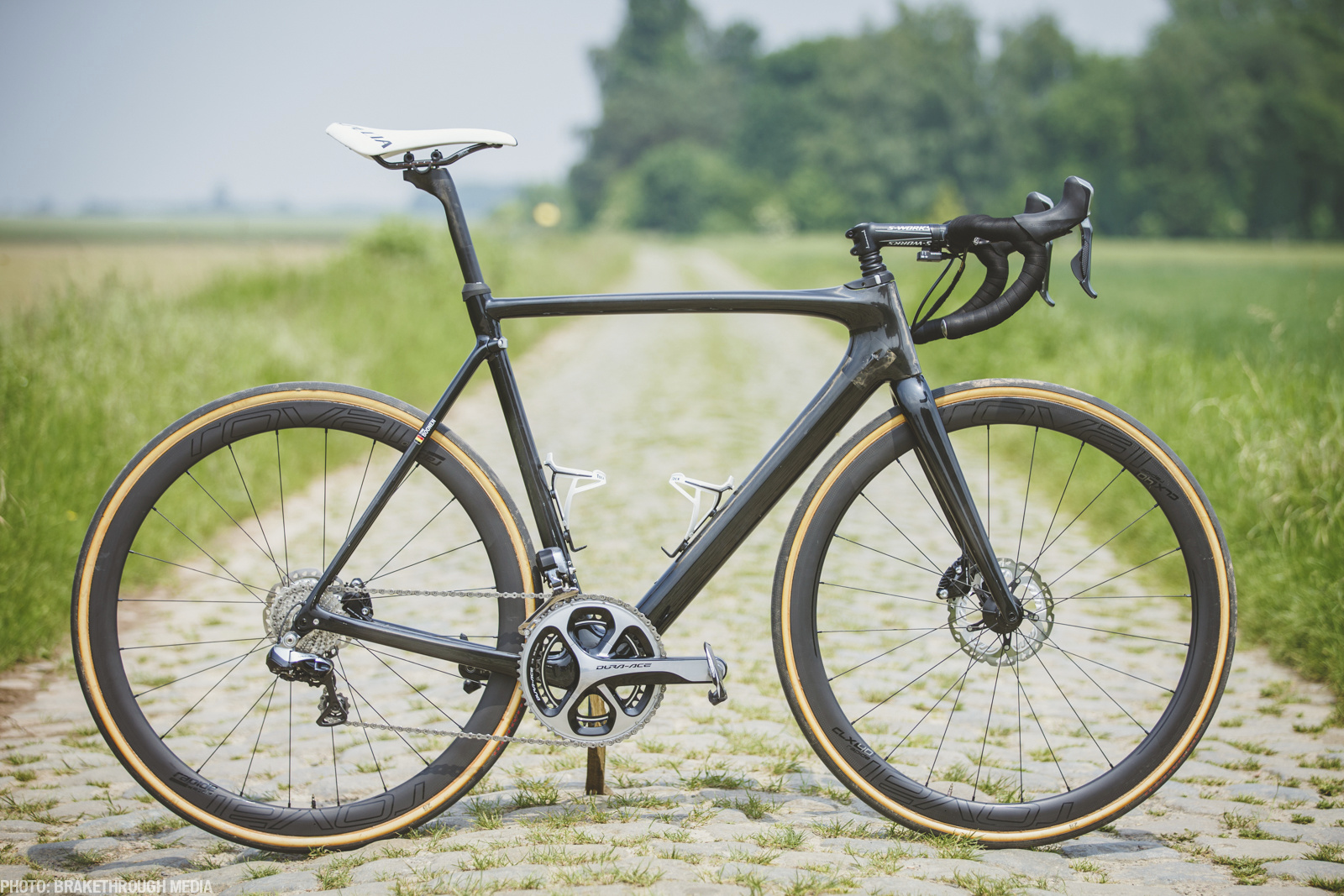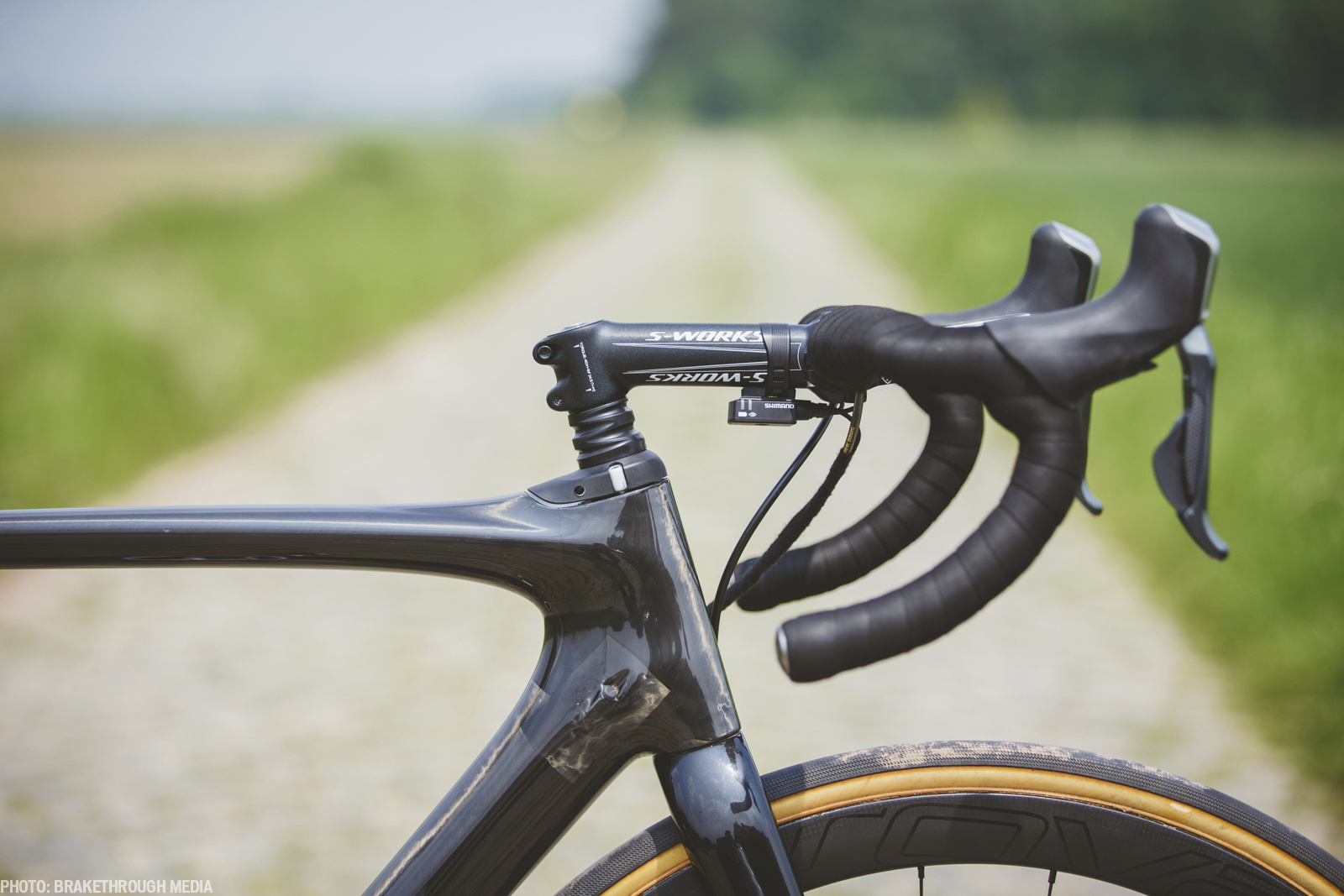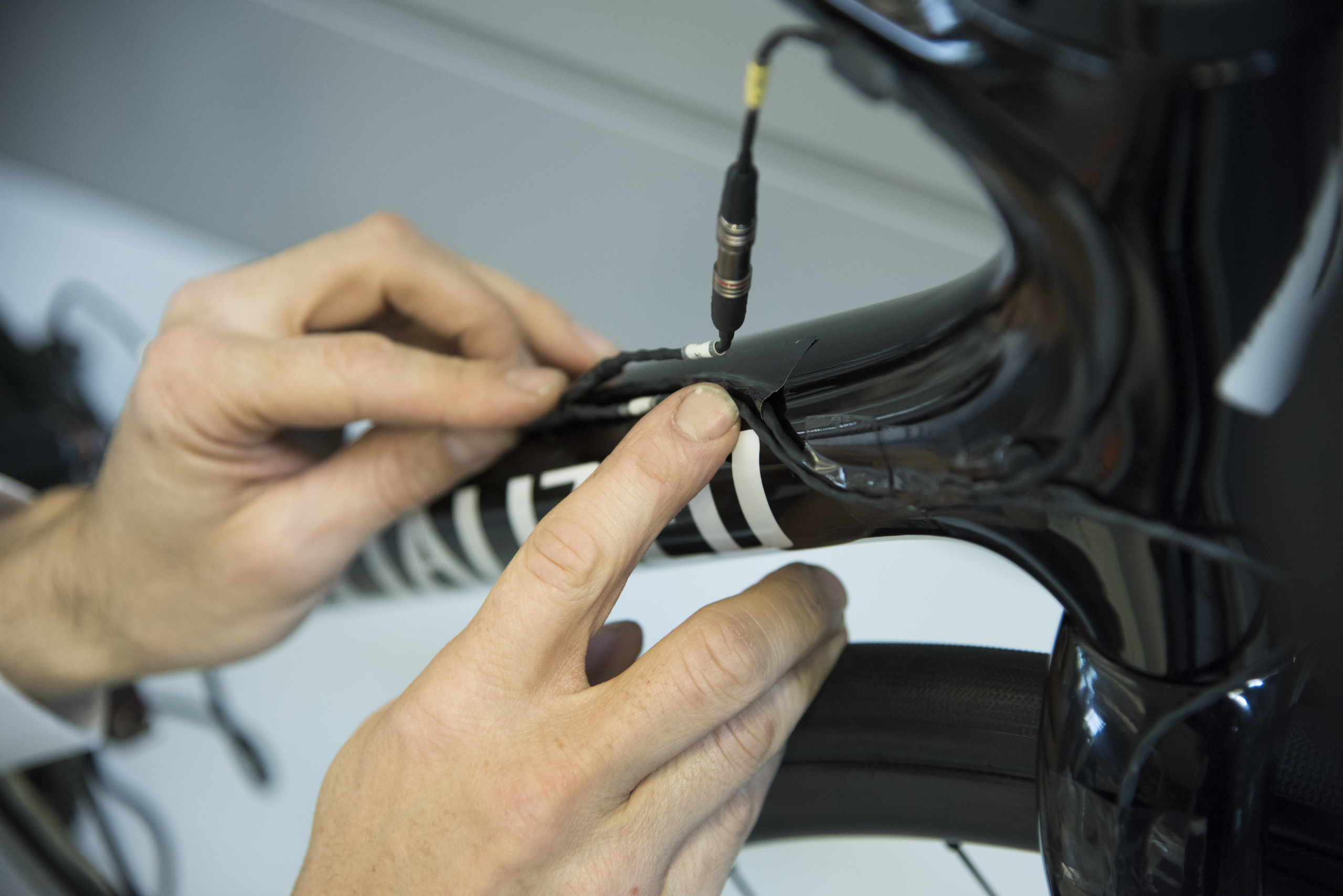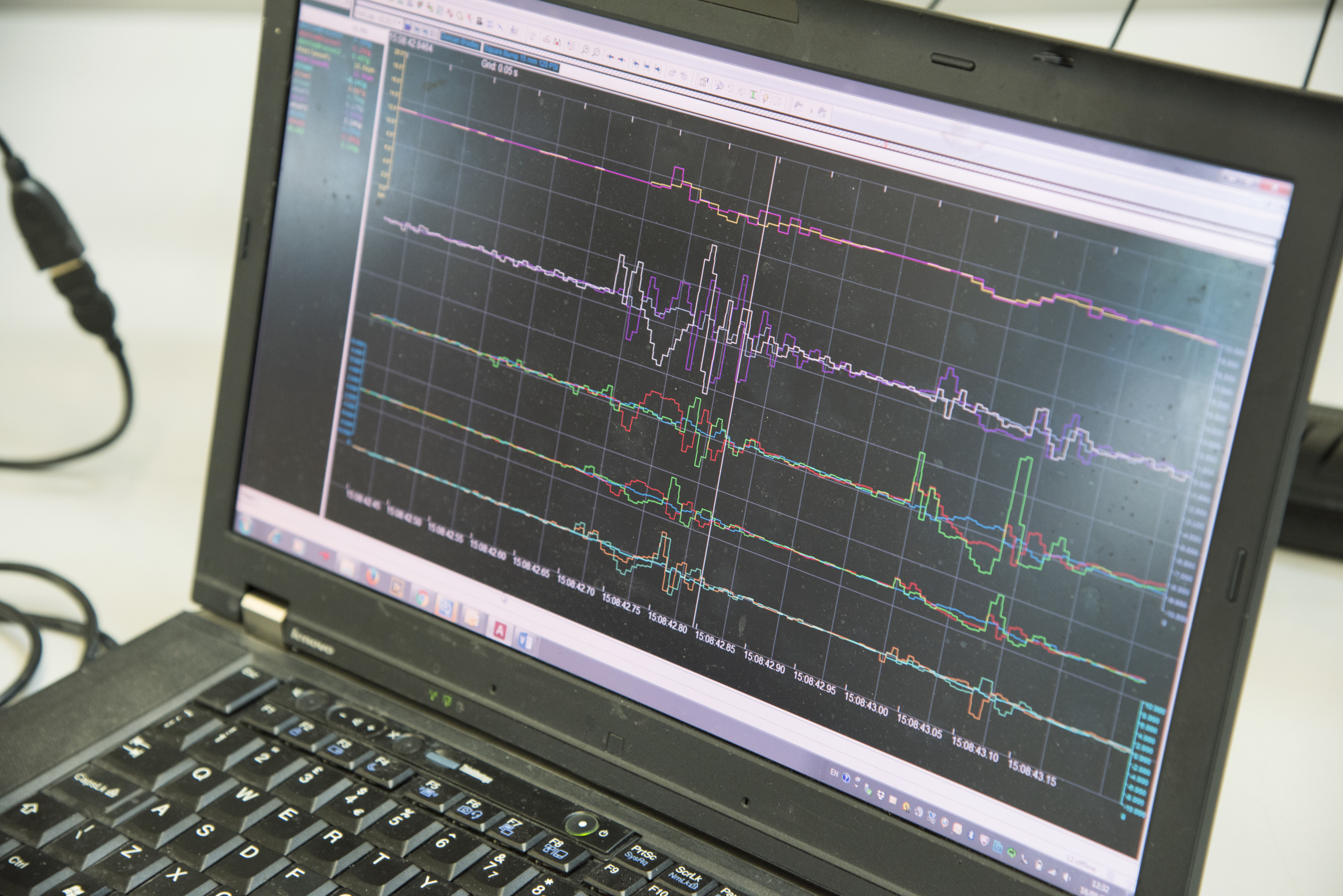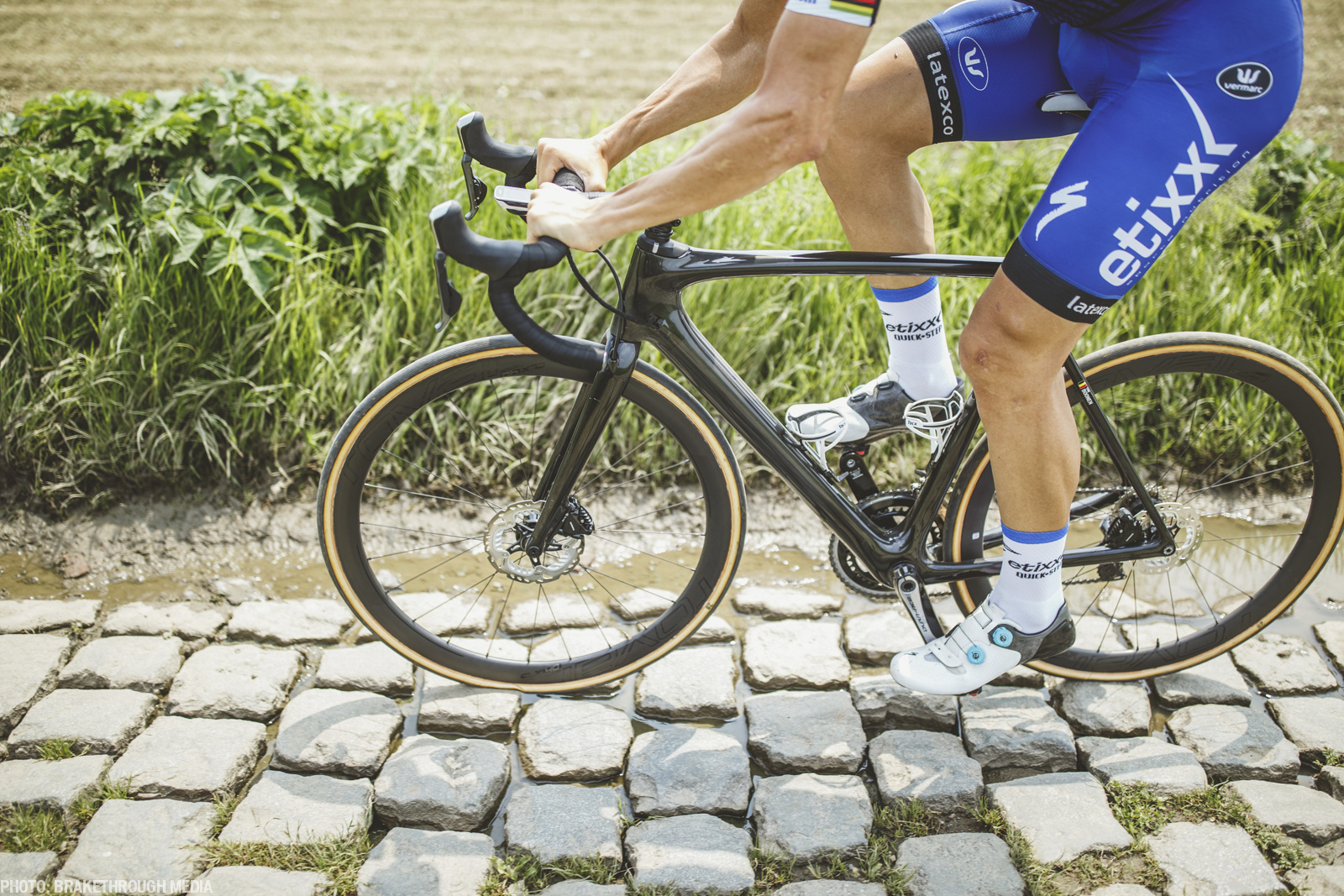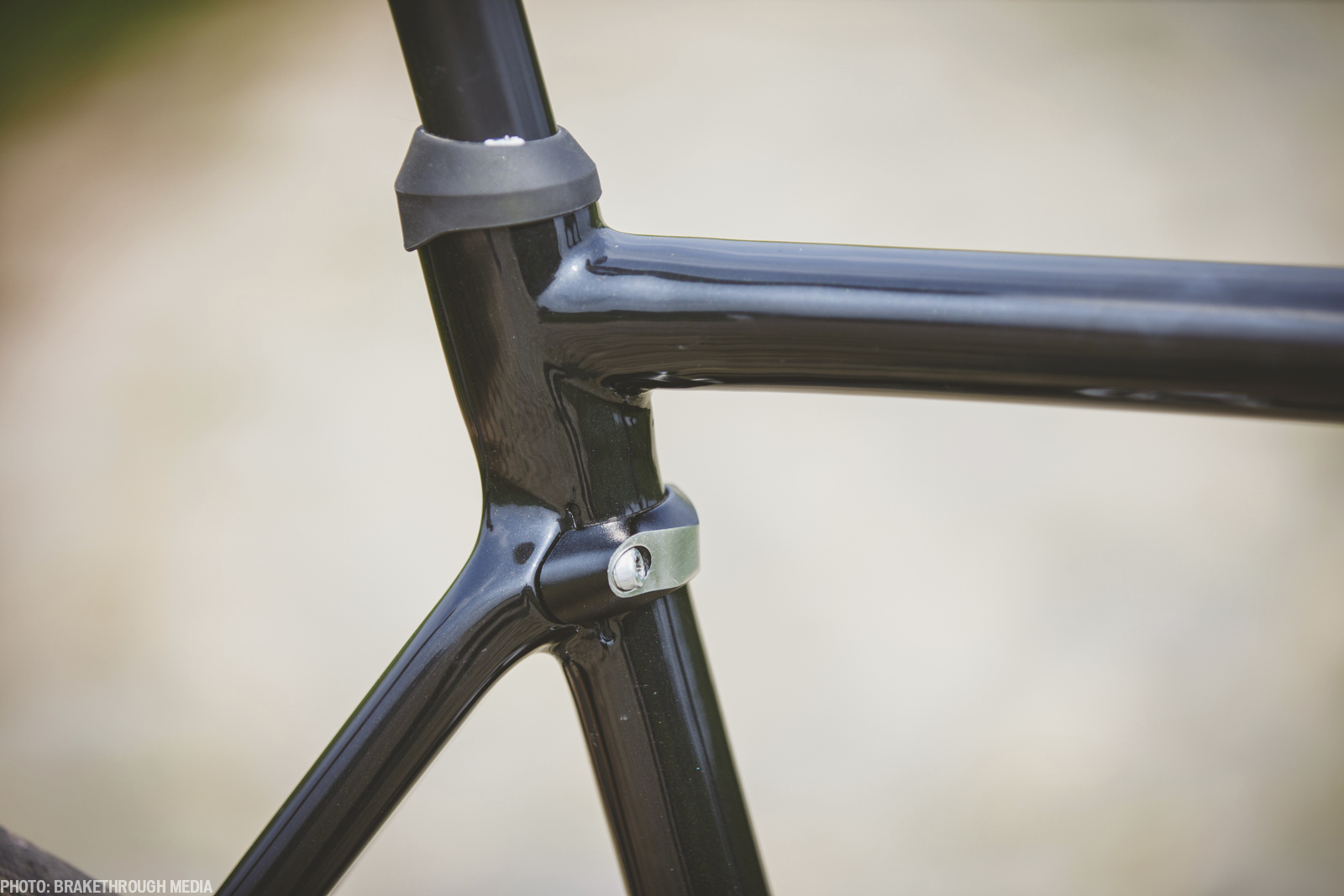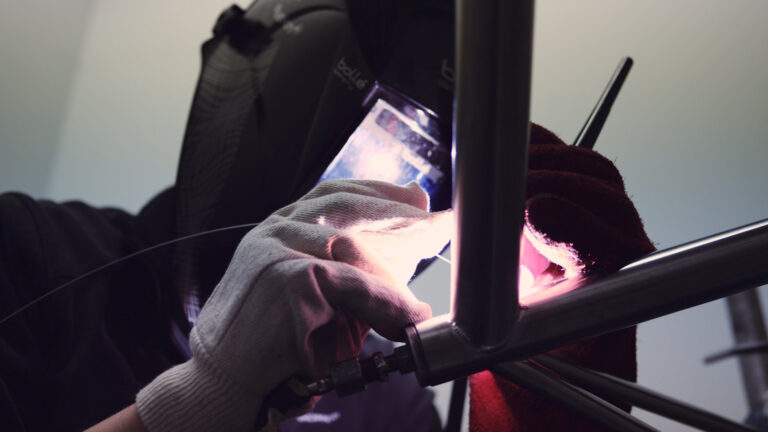“It was a matter of combining the data with gut instinct.”
Eric Schuda, who led the project to radically overhaul Specialized’s genre-defining Roubaix, can afford to relax and joke about the need for a crystal ball to complement the simulation model developed with McLaren Applied Technologies.
After all, redesigning a bike as successful as the Roubaix is no small task, especially when the makeover involves introducing a front suspension unit. There are engineers to set loose and rein in; dealers to reassure; professional riders to satisfy; and, ultimately, customers to engage and thrill.
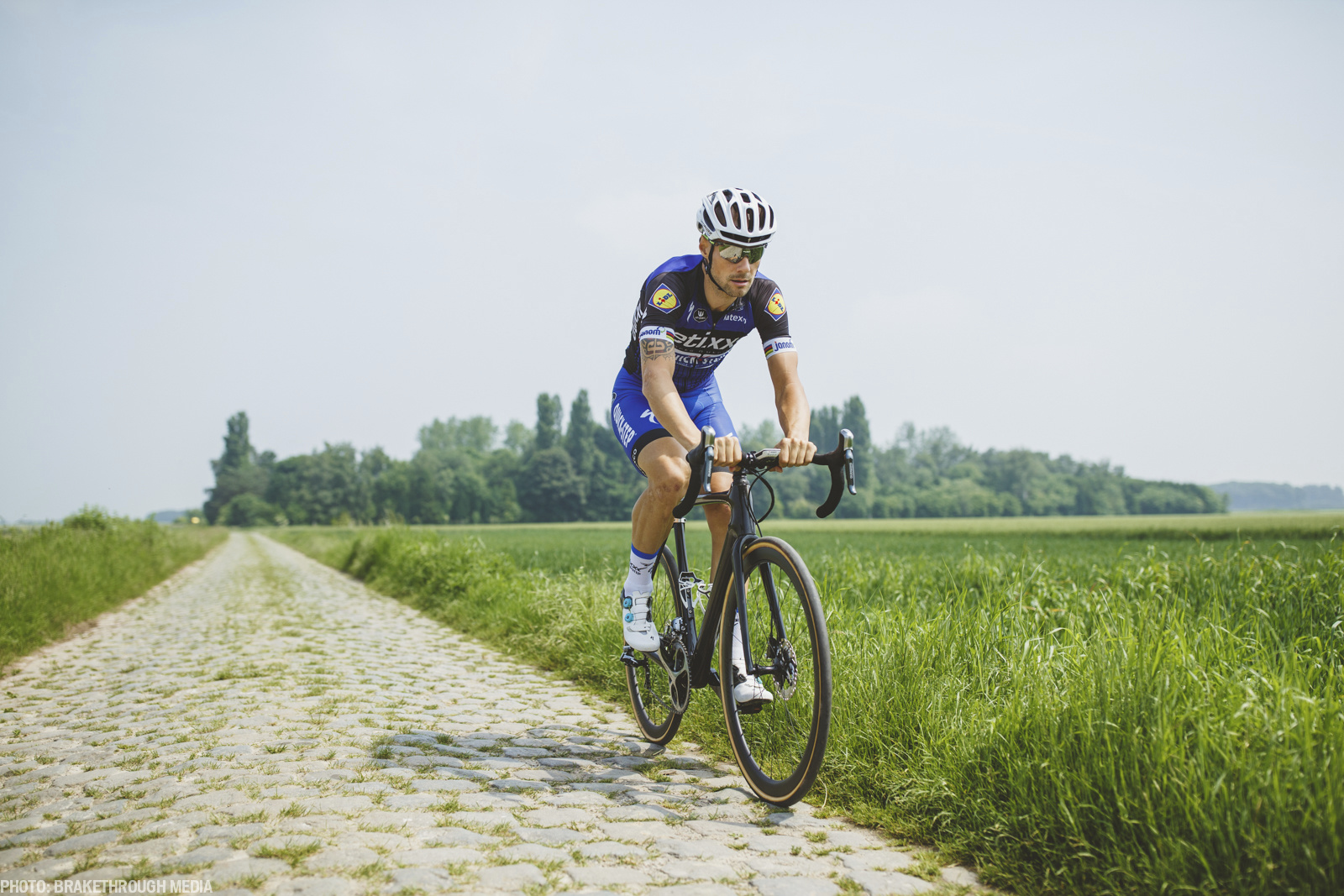
“We joke that as a product manager, you have to use your crystal ball a lot,” Schuda laughs. “I’m looking around and trying to solve a problem for people they don’t know exists, or don’t know there’s a better way around it.”
– Specialized reinvent Roubaix endurance bike with FutureShock suspension –
When the Roubaix was launched in 2004, it had few competitors. Now, the so-called endurance sector is a competitive market, and the models that attempt to balance comfort and speed are no longer seen as the ugly sister of the thoroughbred race bike. Increasingly, they are a brand’s technical showcase. All of this can be seen in the new Roubaix.

